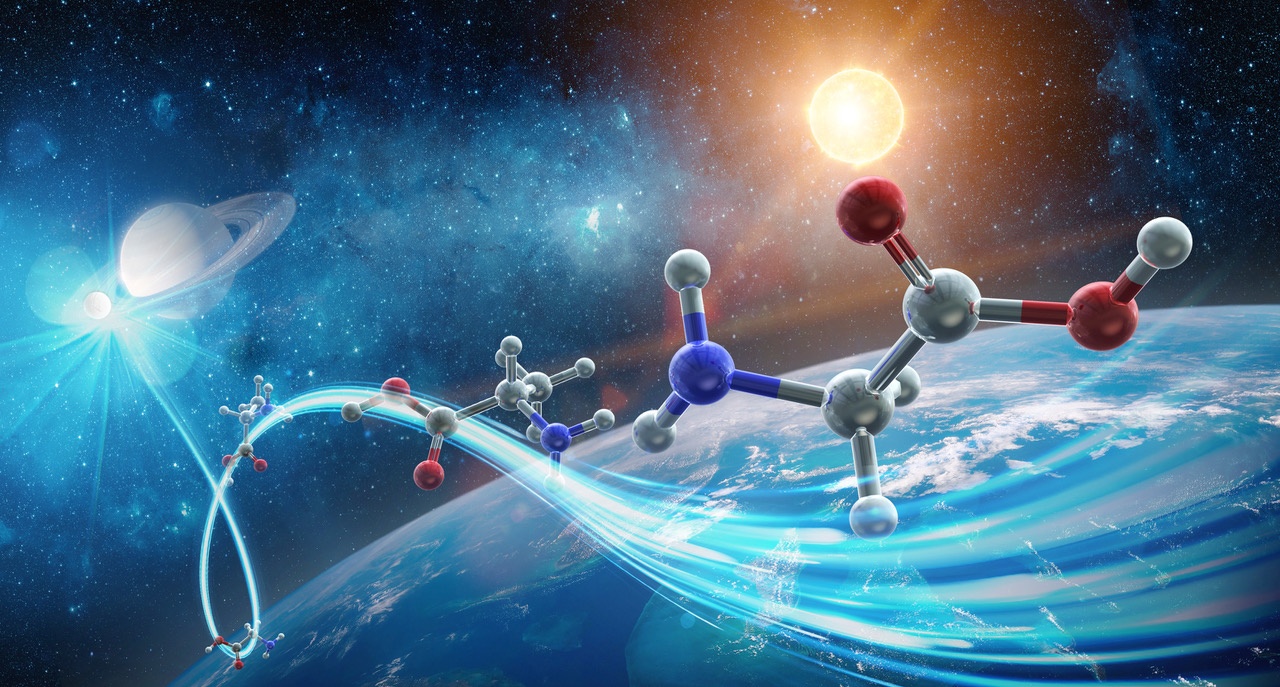Various celestial bodies exist in the solar system and in extrasolar planetary systems, each of which has undergone diverse evolutionary processes in its own environment. Among them are environments that may harbor life, such as the surface of planets that could be called "second Earths" and subsurface oceans in icy bodies. On Earth, life originated about 4 billion years ago, and since then, celestial bodies and life have co-evolved. Changes in Earth's environment have promoted the emergence and evolution of new life forms, and in turn, that evolution has altered the planetary environment. This perspective of co-evolution between planets and life not only deepens our fundamental understanding of life, but also provides an important approach for exploring the potential for life throughout the universe.
Our group conducts various studies to investigate the origins and evolution of planets, moons, and icy bodies within the solar system, as well as exoplanets, while using Earth as a model of a life-hosting planet. To explore the potential for life in these environments, we employ diverse approaches including computational science, telescope observations and instrumentation development, field studies on Earth, biological experiments, and planetary exploration.
